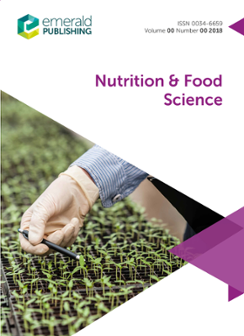Table of contents
WHY NOT OATS?
P.J. BarnesSince the 1940s when cars and tractors began to replace horses in transport and agriculture, the acreage of oats grown in the UK has decreased dramatically. But recently oats have…
School meals as an education resource
Carol Noble, Michael Kipps, James ThomsonThe food habits of generations of people in the UK were subtly influenced by the traditional school dinners. Today those adults who love or loathe gravy, custard, mashed potatoes…
Bringing nutrition education to life
Gillian Weaver BScWhat is a good way of making school children interested in nutrition, and how can you maintain their interest? These are questions many teachers ask. Gillian Weaver BSc (Nut…
PRESSURE POINT
Angela WrightDuring the last ten years or so people have become more aware of the importance of fibre in the diet. Dietary fibre is the term used to describe those parts of plants, both…
FOOD WASTAGE
Robin OsnerIt has been estimated that roughly one quarter of food produced in the UK is wasted from the time the food commodities leave the farm until they are presented to the consumer on a…
The B Vitamins: Riboflavin and Nicotinic acid
Ivan M. SharmanIn the last article we saw how Goldberger, in 1926, demonstrated that the ‘Water soluble B’ factor of McCollum and Davies contained more than one vitamin. He showed that pellagra…
Food facts
How many times have you heard ice cream described as a ‘junk food’? Probably it is because ice cream is such a popular food — it still ranks as the top favourite dessert among…
Pass the Cornflakes
David GunstonPacketed, ready‐to‐eat breakfast foods, instant no‐work nourishment before you start the day, are such a part of the modern way of life that it's hard to believe they are now…

ISSN:
0034-6659Online date, start – end:
1971Copyright Holder:
Emerald Publishing LimitedOpen Access:
hybridEditor:
- Dr Vijay Ganji